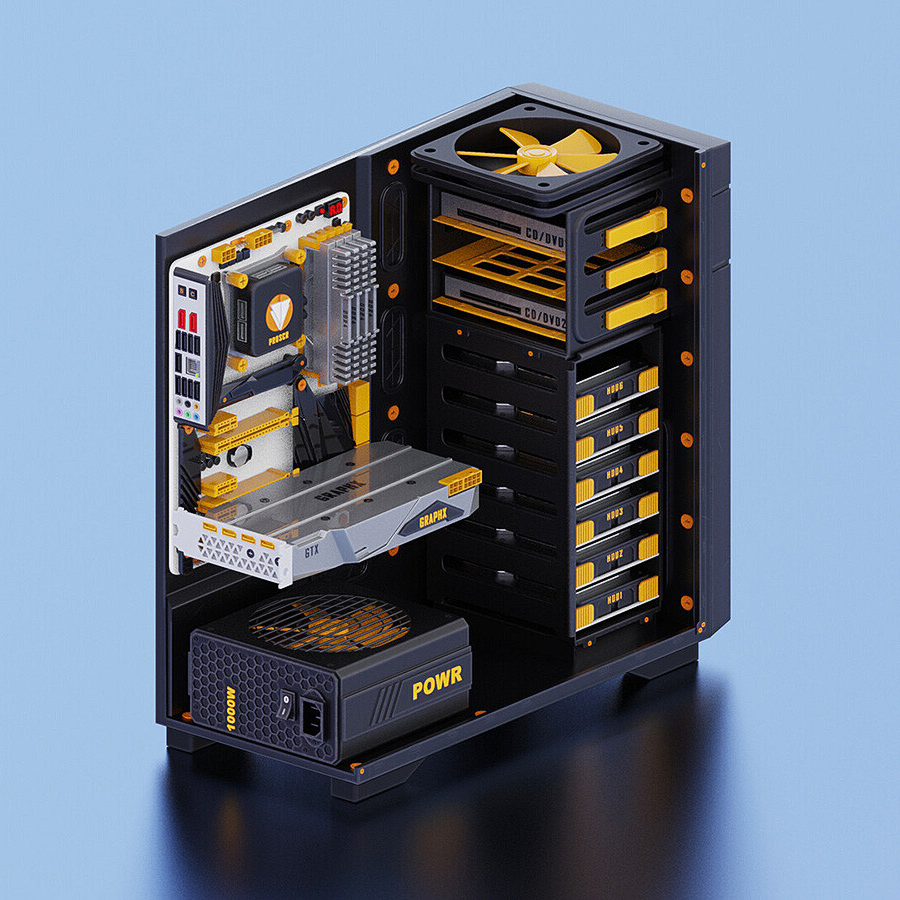I’m considering to build a new machine for personal use, but it’s been a while since I’ve upgraded, so I’m looking for some thoughs about this one.
Currently I’m running Linux about 98% of the time, with some occasional gaming on Windows. Mostly normal desktop browsing and software dev work, hence plenty of RAM and CPU to keep dev feedback loops tight (Rust, JVM languages, web stuff, containers, VMs, the usual). One new SSD so far, but I have a bunch of 3.5" drives and one M2 I’ll probably bring over from my current machine as well. Hence the case should support more than two 3.5" disks.
I’m not looking to upgrade the GPU at this point, I think my current 2080 will still be good enough to power the occasional game and my two 1440p 144hz displays for desktop usage. But I want to prep the system for an upgrade in a gen or two without major changes (meaning the PSU should have enough headroom and reasonably future proof connectors).
I don’t care about RGB. Its acceptable if it can be configured to a dim white or single color as ambient light, but no LEDs are preferred if two parts are equal in all other regards.


You might also want to do a quick check to ensure your Linux disto can handle this mobo and CPU too. Linux is a lot better with that kind of thing these days so it’s probably fine, but there are still a few edge cases for certain higher spec hardware or certain less popular distros.
Or like my experience: I upgraded my AM4 CPU to something newer. This required a BIOS/UEFI upgrade. After that getting out of suspend was unreliable. So even if the hardware seems fine it might have issues later on.
It seems to work again since a recent kernel, but as it only failed to resume in maybe 10% of the cases it’s difficult to say if the problem is gone or not.
True, I think the 3D cache won’t be supported well by the Linux scheduler for a while, if ever. But it’s ok considering that the 3D version is more power efficient in benchmarks and the CPU will crush everything regardless for a while.
I’ve looked for linux support of the board around the web, seems ok with some potential wildcard aspects (wifi, sound). I’m on Ubuntu, so nothing exotic in terms of linux. However if the board turns out to be a major problem in the first 10 days I’ll return it (14 days no questions asked returns in EU), but I don’t want to create waste so I did my due dilligence.
Generally my experience with Linux in the last 10 years was good, 9 of 10 problems I had in that time came from the proprietary NVidia drivers messing things up again and again about once a year. Hence I’ll be strongly looking at AMD whenever I get around to upgrading the GPU.